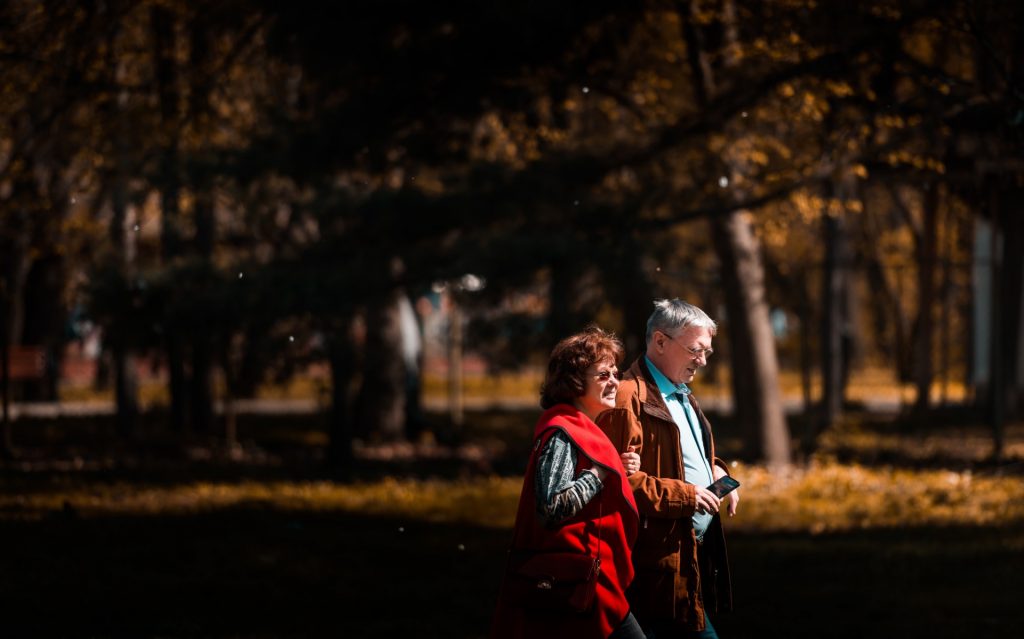Lifestyle
Osteopenia – what is it and should you be worried?
What is osteopenia and who does it affect?
Whether you’re concerned about this condition, or just want to know how to protect yourself, we’ve put together this handy guide to help make sense of it all.
Here we outline what osteopenia is, who it’s likely to affect, and what you can do if you receive a diagnosis from your doctor.
What is osteopenia?
Osteopenia is the early signs of bone loss. Bone loss is a natural part of the ageing process. Our bones are at their densest around the age of 30, after which they begin to weaken. How weak our bones become is related to how strong they were when we were young.
Some people with very strong bones in their youth may never get osteopenia. On the other hand, others have bones that were never naturally strong and may develop osteopenia at a younger age.
The average age to develop osteopenia is around 50, although it can be much earlier. Academy award-winning actress turned wellness entrepreneur Gwyneth Paltrow was diagnosed at 45.
“A bone scan showed I had the beginning stages of osteopenia and further tests showed my vitamin D levels to be the lowest my doctors had ever seen – not a good thing,” she says. “I went on a prescription-strength level of vitamin D and was told to spend a bit of time in the sun.”
Fellow actor Sally Field, now in her 70s, went from osteopenia to osteoporosis. She takes medication, goes for daily sunny dog walks, and advocates daily bone-building workouts.
What’s the difference between osteopenia and osteoporosis?
Osteopenia is the stage before osteoporosis develops. Osteoporosis is a health condition where your bones are so weak they easily break. It’s usually diagnosed following an injury that resulted in a broken bone.
If your doctor suspects you may have osteopenia they’ll refer you for a bone density scan so they can assess your future risk of breaking a bone. The results of this scan will show whether you have healthy bones, osteopenia or osteoporosis.
Osteopenia doesn’t always lead to osteoporosis. Lifestyle factors and taking steps to keep your bones healthy, such as good nutrition, getting enough vitamin D and weight-bearing exercise can help prevent osteoporosis developing.
Should you be worried about osteopenia?

Women are more likely to have osteopenia than men as they have a lower bone mass than men.
In addition, the falling levels of oestrogen during the peri-menopause and menopause can cause bone density to decrease even more. Women can lose up to 20% of their bone density in the five to seven years after the menopause.
Some medics argue osteopenia shouldn’t be labelled as a specific disease because it’s a natural part of the ageing process and affects us all, sooner or later.
The definition is disputed and is rumoured to have come from an impromptu decision at a World Health Organization meeting in 1992. Experts were discussing how new technology in bone scanners had made the natural changes in bone density detectable.
Since all women lose bone density after the age of 30, what was considered normal? Medics drew a line hastily on a graph after a long discussion. The new term ‘osteopenia’ would be given to anyone on the ‘wrong side’ of the dividing line.
“It was just a matter of ‘Well it has to be drawn somewhere’,” says Professor Anna Tosteson, who was in the room at the time.
What does this mean?
The upshot of this is that every woman on one side of this line is said to have a disease.
According to Tosteson, osteopenia was created more for public health researchers, who like to monitor these things. Unfortunately, drug companies used this new-found ailment as a disease requiring medical treatment, which was a powerful financial incentive.
What to do if you’re diagnosed
If you’re given a diagnosis of osteopenia, question how far from the norm your reading is. The results from your bone density test is referred to as a T score. Your doctor will be able to explain your T score to you, and what you need to do to protect your bones in the future.
A body identical (licensed) estrogen replacement, in the form of gels or patches (not unregulated, compounded ‘bio-identical’ hormones) can help to build bones.
Spend time in the sun, take prescription-strength vitamin D supplements, and do more weight-bearing exercise to build stronger bones. Even if you haven’t been diagnosed, all of these tips will help protect your bones against both osteopenia and osteoporosis.





